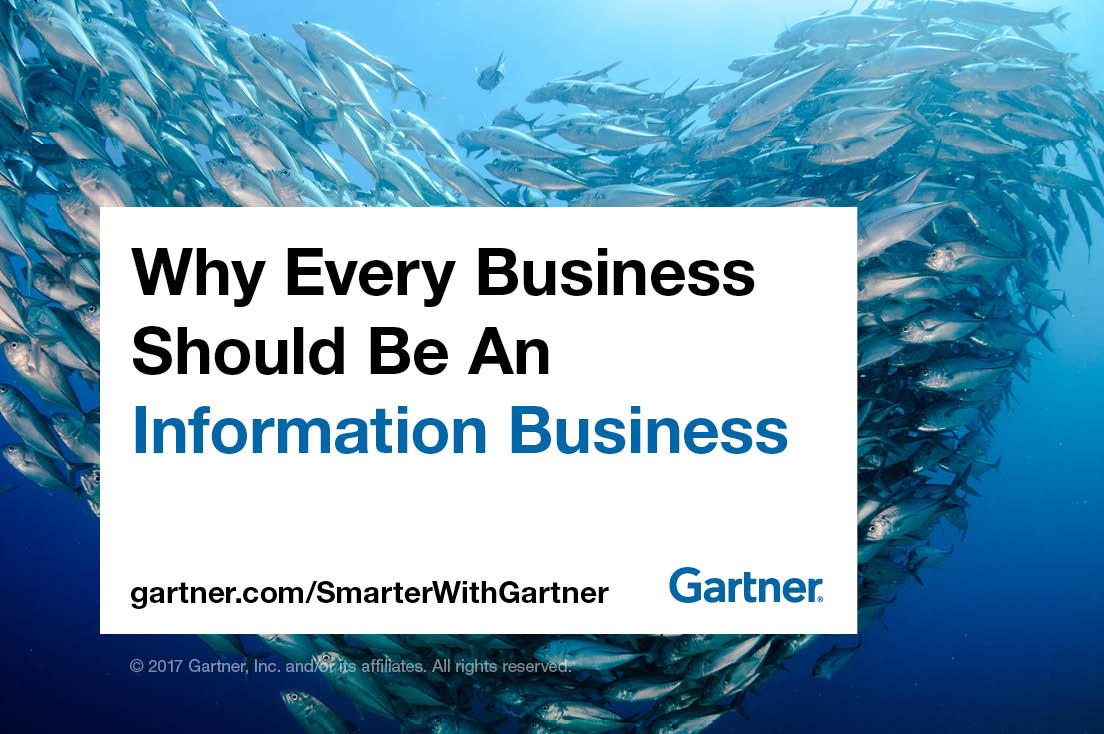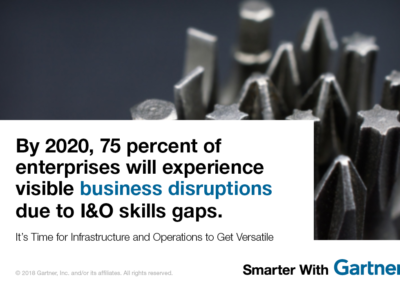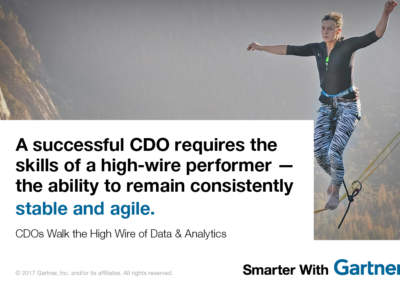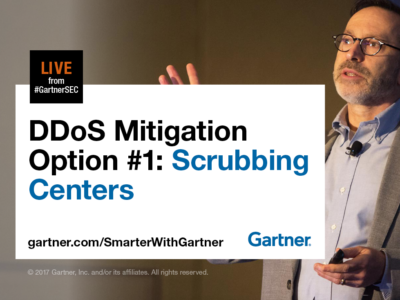Business intelligence is just the start of multiple ways to monetize your information for competitive advantage.
When it first opened, Georgia Aquarium hosted more than 3.5 million visitors. Within a few years, attendance had dropped to two million annual visitors with a decline of both first-time and repeat visitors. With more than 8 million gallons of water, the aquarium was the largest in the world and tried adding theme parks and new exhibits to stem the decline. It didn’t work. Could information solve its problem and return stronger profits?
“The trend to treat and deploy information as an asset is still in the ‘early adoption’ phase,” says Doug Laney, vice president and distinguished analyst at Gartner. “This makes doing so a competitive differentiator for leading organizations.”
Treating information as an asset is the fundamental principle behind the framework that Laney has termed, “Infonomics.” Infonomics is the theory, study, and discipline of asserting economic significance to information. It provides the framework for businesses to monetize, measure and manage information as an actual asset.
Monetizing information
The impetus to apply more discipline around your information, begins with the opportunity to monetize it to generate new value to the organization. Information has economic value that organizations can “turn into money” in two essential ways:
- By exchanging it for goods, services or cash, and
- By using it to increase revenue, or reduce expenses and risks
Read more: Three Degrees of Information Value
However, when information leaders have embraced the idea of using information as an asset to say, stem the decline of visitors and revenue, there’s an array of challenges to transform the idea of value into a reality that benefits the organization. Why? Many information and business leaders lack the experience and tools to monetize information.
“Perhaps we have a collective mental block due to the value of information itself being largely unrecognized on balance sheets, even as the value of other intangibles such as copyrights, trademarks, and patents are measured and reported,” Laney says.
The reasons to monetize information vary and for leaders willing to think creatively and bring in the necessary resources, the results can be striking. For Georgia Aquarium, that meant inviting Georgia State marketing professor V. Kumar to assess and tackle the attendance problem. After studying the initial data, he turned the problem from one of bringing in more customers to bringing in the right customers and keeping them coming back.
Use data to increase customer acquisition and retention
By analyzing the demographic data of the highest revenue visitors, Kumar and his team created demographic models for targeted visitors and predicted which kind of media would be most effective in reaching those visitors. Armed with this media targeting model and only a $700,000 increase in media spend, the aquarium grew attendance by 10%, revenue by 12% and season pass renewals increase 10% over projections. Overall, they turned information into an $8 million gain.
Create a supplemental revenue stream
Alternatively, organizations can sell information directly. A midsize U.S. manufacturing company of sonic buoys and other inertial sensors was losing business to lower-cost manufacturers in Mexico and elsewhere when it decided to license its well-honed expertise in the form of detailed manufacturing and testing processes to those who would otherwise undercut them. Competitors became partners and the company realized a new revenue stream.
“Often directly monetizable information is hidden in plain sight,” Laney says. Most frequently, it can be found in the form of unstructured content.
Often directly monetizable information is hidden in plain sight.
For example, the real estate aggregator Trulia discovered that 90% of its web traffic came from people clicking on photos of homes. But Trulia had no information about the photos as they weren’t tagged. So, Trulia’s data science team trained a one-billion-node neural network to learn what was depicted in the photos. Now Trulia can both better help buyers but also correlate sales data with what site users are looking at and license this information and insight to realtors, homebuilders, appliance manufacturers, etc.
Some of the additional ways to monetize information include using it to:
- Enter new markets
- Barter for goods and services
- Defray the costs of information management and analytics
- Reduce maintenance costs, cost overruns and delays
- Identify and reduce fraud and risk
- Improve citizen well-being
“Every business is, can be, or should be an information business by monetizing information in a spectrum of ways,” Laney says.
Yet a Gartner webinar survey on Methods for Monetizing Your Data indicates fewer than 20% of organizations are either licensing or exchanging their information for goods and services from others, and only 31% are even measuring the economic benefits of using their information assets themselves.” This provides the ripe opportunity for organizations to differentiate themselves.
As FedEx founder and Chairman Fred Smith famously said, “The information about the package is just as important as the package itself.”
“Even if your information won’t ever become as valuable as your existing products or services,” Laney says, “It’s time to explore the opportunities to monetize it – now.”
Get Smarter
Client Research
Gartner clients can read more in the report, Seven Steps for Monetizing Your Information Assets by Doug Laney, et al.
Book
Download a free chapter from Doug Laney’s new book, Infonomics, How to Monetize, Manage and Measure Your Information as an Asset for Competitive Advantage by Doug Laney. (Bibliomotion, 2017).
Gartner Symposium/ITxpo 2017
Attend Doug Laney’s session during Gartner Symposium/ITxpo 2017, the world’s most important gathering of CIOs and other senior IT executives. IT executives rely on these events to gain insight into how their organizations can use IT to overcome business challenges and improve operational efficiency. Follow news and updates from the events on Twitter using #GartnerSYM.










